Fat Grafts
What is Fat Grafting ?- Benefits, Risks & what to expect ?
Fat grafting, also known as autologous fat transplant, has emerged as a versatile procedure with applications ranging from cosmetic enhancements to reconstructive surgeries. Fat grafting involves the extraction of adipose tissue from one part of the body, typically the abdomen or thighs, and its subsequent injection into areas requiring augmentation or contouring. The harvested fat is processed to obtain microfat or nanofat, depending on the specific needs of the patient. Microfat is utilized for filling depressions or concavities, while nanofat is ideal for treating fine wrinkles and scars due to its rich stem cell content, which aids in tissue regeneration.

Book an Appointment
Types of Fat Grafts
- Microfat: Used for correcting depressions or volume deficiencies, microfat consists of small clusters of adipocytes suspended in a solution. It is particularly effective in restoring facial symmetry and addressing contour irregularities.
- Nanofat: Comprising emulsified fat particles and a concentrated solution of stem cells, nanofat is employed for refining skin texture, reducing wrinkles, and improving skin quality. It can be administered via microinjections to target specific areas, yielding natural and subtle rejuvenation effects.
Benefits of Fat Grafting
- Natural Results: Since the patient’s fat is used, the outcomes of fat grafting are highly natural-looking and harmonious with the body’s contours.
- Longevity: Fat grafts have the potential to provide lasting results, as a portion of the injected fat typically integrates with the surrounding tissue and maintains its volume over time.
- Versatility: Fat grafting can be tailored to address various concerns, including facial rejuvenation, breast augmentation, and scar revision, offering a comprehensive approach to aesthetic enhancement.
- Stem Cell Enrichment: Nanofat grafts contain a high concentration of stem cells, which promote tissue regeneration and contribute to skin rejuvenation.
Risks and Considerations
While fat grafting is generally safe and well-tolerated, there are inherent risks associated with any surgical procedure. These may include:
- Fat Resorption: Some of the injected fat may be reabsorbed by the body over time, necessitating touch-up treatments to maintain results.
- Infection: As with any surgical procedure, there is a risk of infection at the injection sites. Strict sterile techniques and post-operative care help mitigate this risk.
- Irregularities: In rare cases, uneven distribution or lumpiness may occur at the injection sites, requiring corrective measures.
Preparation
Before undergoing a fat grafting procedure, patients will typically undergo a comprehensive consultation with their surgeon to discuss their aesthetic goals, medical history, and expectations. Pre-operative instructions may include:
- Avoiding certain medications and supplements that can increase the risk of bleeding.
- Maintaining a stable weight and overall health to optimize fat graft viability.
- Ceasing smoking, as tobacco use can impair healing and compromise outcomes.
During the Operation
The fat grafting procedure typically involves the following steps:
- Harvesting: Adipose tissue is extracted from donor sites using a minimally invasive liposuction technique.
- Processing: The harvested fat is processed to obtain microfat or nanofat, which is then carefully prepared for injection.
- Injection: The processed fat is meticulously injected into the targeted areas using specialized cannulas, ensuring precise placement and natural-looking results.
After the Operation
Following fat grafting surgery, patients can expect some swelling, bruising, and discomfort at the donor and recipient sites. Post-operative care instructions may include:
- Applying cold compresses to reduce swelling and discomfort.
- Avoiding strenuous activities and excessive sun exposure during the initial recovery period.
- Following a healthy diet and staying hydrated to support the body’s healing process.
Results
The results of fat grafting are typically evident immediately following the procedure, although outcomes may take several weeks to fully manifest as swelling subsides and the injected fat settles into place. With proper technique and patient selection, fat grafts can provide natural, long-lasting enhancements that enhance both aesthetic appearance and self-confidence.
Schedule Your Appointment Today
Ready to enhance your natural contours with fat grafting? Book your consultation today and discover the possibilities of a tailored, natural-looking enhancement. Call us or visit our website to book your appointment.
